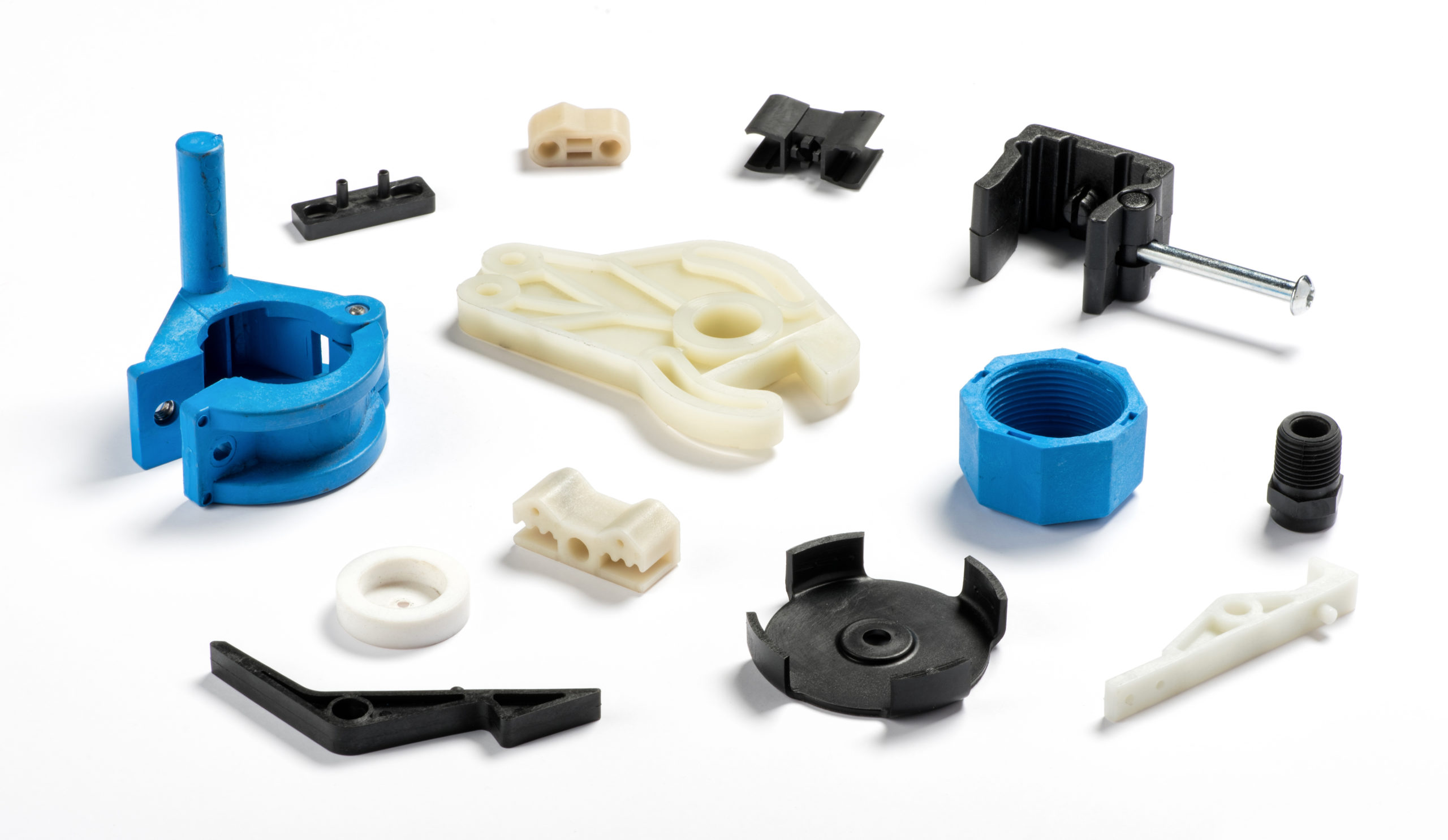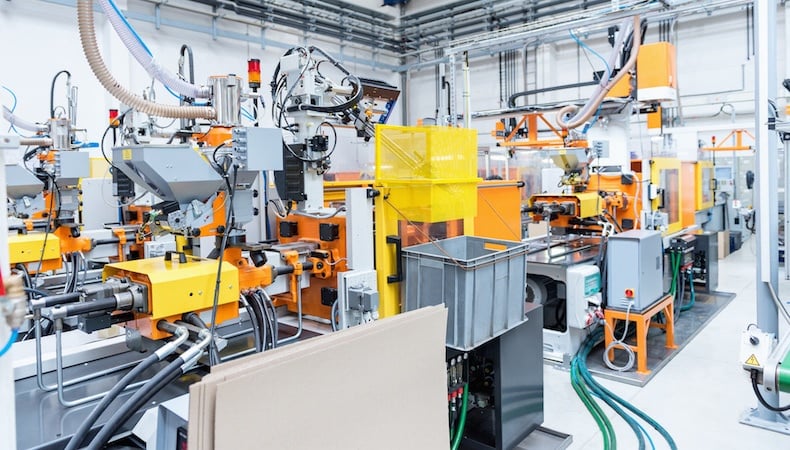Exactly How Plastic Injection Molding Drives Effectiveness in Automation
Exactly How Plastic Injection Molding Drives Effectiveness in Automation
Blog Article
Recognizing the Fundamentals of Plastic Shot Molding Processes
Plastic injection molding serves as a keystone of modern manufacturing, supplying a methodical approach to producing intricate components with accuracy. This procedure not only encompasses the basic actions of melting and infusing materials into mold and mildews but also involves a nuanced understanding of various influencing factors, such as temperature level and stress. As sectors increasingly demand effectiveness and high quality, the details of this methodology become much more essential. Discovering these important aspects might expose exactly how even minor modifications can cause substantial renovations in manufacturing end results, questioning concerning the possibility for advancement in this well established process.
What Is Plastic Injection Molding?
Plastic shot molding is a widely used manufacturing procedure that changes thermosetting and polycarbonate materials into precise and complicated forms. This method is preferred for its ability to create high quantities of identical get rid of extraordinary precision, making it an important approach in various sectors, consisting of automobile, customer items, and medical gadgets.
The procedure involves melting the selected plastic product and injecting it into a mold and mildew under high stress. The mold and mildew, made to the specs of the preferred part, allows the liquified plastic to materialize as it strengthens and cools down. When the product has actually hardened, the mold is opened up, and the ended up part is expelled.
Plastic injection molding provides a number of benefits, consisting of lowered waste, consistency in production, and the capability to integrate complex layouts that might be testing with various other manufacturing methods. Additionally, it supports a broad series of materials, each offering special homes that can be tailored for particular applications. As industries remain to introduce, plastic injection molding stays at the leading edge, making it possible for the advancement of sophisticated products that meet evolving customer needs.
The Shot Molding Refine
The injection molding process is a sophisticated technique that involves numerous vital phases to produce premium plastic parts. At first, plastic pellets are fed right into a heated barrel where they are merged a thick fluid. This molten plastic is then infused under high pressure into a precision-engineered mold and mildew, which forms the material into the wanted kind.
When the mold is filled, the plastic is permitted to cool down and solidify, taking the shape of the mold tooth cavity. Cooling time is crucial, as it affects the cycle time and the last residential properties of the molded part. After adequate cooling, the mold and mildew opens, and the finished element is ejected making use of ejector pins.

Products Utilized in Injection Molding
Different materials can be utilized in the injection molding process, each offering unique homes that satisfy certain applications. The most typically utilized materials consist of thermoplastics, additional reading thermosetting plastics, and elastomers.

Thermosetting plastics, like epoxy and phenolic resins, undertake a chemical change during the healing process, leading to a rigid, inflexible framework. These products are optimal for applications calling for high heat resistance and architectural integrity, typically made use of in automobile components and electric insulators.
Elastomers, including silicone and rubber-based materials, supply flexibility and durability. Their special residential or commercial properties make them ideal for applications that require flexibility, such as seals and gaskets.
Furthermore, specialty products like bio-based plastics and compounds are obtaining grip for their environmental benefits and enhanced performance features, broadening the scope of injection molding applications in various markets. Comprehending the properties of these materials is essential for choosing the suitable type for certain jobs.
Benefits of Injection Molding
Injection molding stands apart More Info as a highly efficient manufacturing process that supplies countless benefits for generating intricate get rid of precision. One of the most substantial advantages is the capability to produce elaborate designs that would certainly be impossible or challenging to achieve with various other techniques (Plastic Injection Molding). The process permits in-depth functions and tight tolerances, ensuring high-quality parts
In addition, injection molding is known for its quick production capabilities, making it an ideal selection for high-volume production. Once the mold and mildew is produced, parts can be generated rapidly, reducing preparations and enhancing overall performance. This effectiveness not just reduces production expenses but additionally offers an affordable edge in the marketplace.
The adaptability of materials utilized in shot molding additionally enhances its charm. A variety of thermoplastics and thermosetting polymers can be used, enabling suppliers to choose materials that finest fulfill their particular needs, including flexibility, stamina, and warmth resistance.
Furthermore, the process decreases waste, as excess product can frequently be reused and reused. This sustainability facet adds to a reduced ecological influence, making shot molding a responsible manufacturing option. On the whole, the advantages of injection molding make it a preferred technique for lots of sectors.
Factors Impacting Product Top Quality
While numerous factors can influence product high quality in shot molding, recognizing these components is crucial for achieving optimal results. Secret elements include material choice, processing specifications, and mold style.
Material choice plays a crucial function, as different polymers display distinct residential properties that influence flowability, toughness, and thermal security. Insufficient material option can result in problems such as warping or incomplete dental filling.
Handling specifications, including temperature level, cycle, and stress time, have to be diligently managed. Variations in these settings can lead to inconsistencies in component measurements and surface finish. For circumstances, excessively high temperatures might create deterioration of the polymer, while inadequate stress can cause short shots.
Mold layout is similarly essential, as it determines the circulation of the molten plastic and the cooling process. Inadequately created molds might result in uneven air conditioning rates, leading to dimensional inaccuracies and recurring tensions.

Final Thought
To conclude, plastic shot molding serves as a vital manufacturing procedure that allows the reliable production of high-quality parts. Proficiency of the injection molding process, consisting of the understanding of products and the influence of numerous aspects on product high quality, is important for accomplishing ideal results. The advantages of this technique, such as cost-effectiveness and design flexibility, further highlight its relevance across numerous markets, strengthening its status as a preferred selection for high-volume manufacturing.
Plastic shot molding serves as a cornerstone of contemporary production, giving a methodical technique to generating complicated parts with accuracy.Plastic injection molding supplies numerous benefits, including minimized waste, uniformity in production, and the capacity to include complex styles that may be testing with various other manufacturing approaches (Plastic Injection Molding). As industries proceed to innovate, plastic injection molding remains at the center, making it possible for the development of sophisticated items that fulfill developing consumer needs
The injection i thought about this molding procedure is a sophisticated method that involves several essential phases to generate top quality plastic parts.In conclusion, plastic injection molding serves as a critical production process that allows the efficient production of top notch components.
Report this page